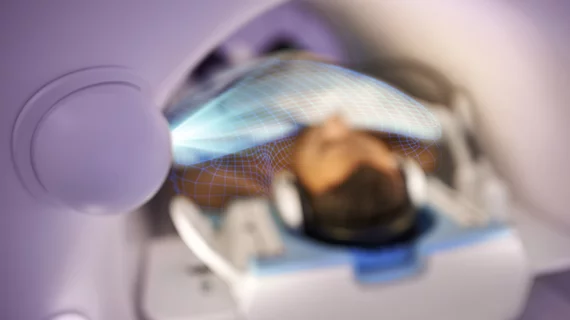MRI detects 67% of lymph node metastases in patients with prostate cancer, research shows
A preoperative MRI scan could help guide appropriate treatment plans for patients diagnosed with prostate cancer, according to research published this week analyzing the modality's ability to detect lymph node metastases.
Cancers that have spread outside of their origin are more aggressive and more difficult to treat. Lymph node metastasis (LNM) signals that a tumor is advanced. And LNM can be a significant indication of overall prognosis in patients with prostate cancer.
Surgical lymphadenectomy is most often used to detect LNM, but this is invasive and carries risks. And even with surgery, metastases can still occasionally be missed. For this reason, research into alternative methods of LNM identification has gravitated towards the use of CT and MRI. The European Journal of Radiology published a study this week that compares the accuracy of the two modalities when used preoperatively for patients with prostate cancer.
“Pathological conditions of abdominal LN include enlarged LN in MRI and CT ... a lack of fat hilus, necrosis, round shape and a low T2WI signal,” B. Valentin, with the Department of Diagnostic and Interventional Radiology at the University Dusseldorf, and co-authors explained.
Their research focused on 228 patients that had undergone a preoperative CT, MRI or both prior to prostatectomy and lymphadenectomy. The researchers assessed LNM by size, location and time of detection (before or after surgery).
Overall, MRI identified 67% of patients with LNM. Compared to CT, which detected metastases with a diameter down to 8 millimeters, MRI was able to observe findings as small as 4 millimeters. Sensitivity and specificity were also superior in MRI, at 81% and 99%, respectively, versus 33% and 99% for CT.
“MRI was capable of detecting LNM and might optimize the preoperative risk assessment and supplement diagnostic (e.g., PSMA-PET) or therapy planning,” the authors noted. “CT was inferior to MRI and clearly limited for N-stage determination.”
The authors caution that patients who have an especially high risk for LNM may benefit from undergoing PSMA-PET in addition to MRI to ensure accuracy.

